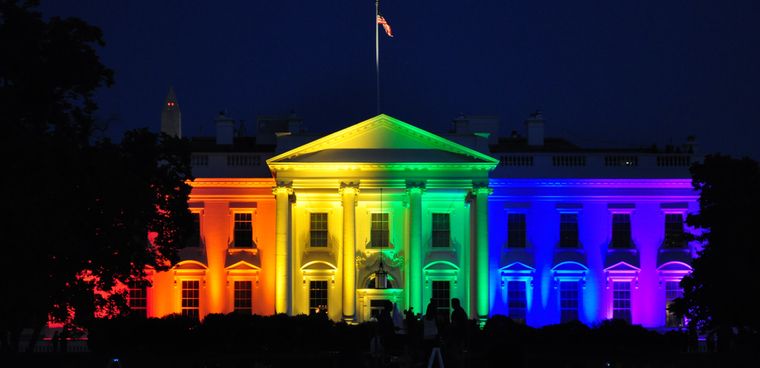White House rolls out DEIA strategy

On Tuesday, the Biden administration issued agencies a roadmap to guide their efforts to develop strategic plans for diversity, equity, inclusion and accessibility (DEIA), as required under a as required under a June executive order.

On Tuesday, the Biden administration issued agencies a roadmap to guide their efforts to develop strategic plans for diversity, equity, inclusion and accessibility (DEIA), as required under a June executive order.
The document, billed as a strategic plan, gives government officials a view into the administration’s priorities on advancing DEIA across agency functions, from budgets to regulatory agendas to strategic planning. The document represents the first governmentwide strategic plan on DEIA issues since 2011.
“Even with decades of progress building a federal workforce that draws from the full diversity of the nation, many underserved communities remain under-represented in the federal workforce, especially in positions of leadership,” the plan says. “As the nation’s largest employer, the federal workforce must be our country’s model of excellence for diversity, equity, inclusion, and accessibility.”
These efforts are intended to reach all government employees and all aspects of the employee lifecycle and experience, from recruitment to pay and promotion. Agencies are tasked with finalizing DEIA plans by March 23, 2022. After that, agencies will report annually on their progress to the White House.
Agencies are already expected to have completed self-assessments mandated by the Biden executive order.
The Biden-Harris administration has centered diversity and federal workforce issues, as top priorities, saying that it is going to shore up a workforce “damaged” during the Trump administration.
“A federal government that reflects the diversity of the nation is more successful and effective,” the document says.
The “underserved communities” that White House references include communities of color; lesbian, gay, bisexual, transgender, queer, gender non-conforming and non-binary persons; people who are formerly incarcerated and others.
The document comes out of the White House’s DEIA Initiative, led by the top leader at the Office of Personnel Management and the Office of Management and Budget’s Deputy Director for Management.
This group, joined by relevant government agencies like the Equal Employment Opportunity Commission, will issue more technical assistance and guidance to agencies, according to the White House document.
Agencies need to approach DEIA as a “cross-functional priority,” the document says, something to integrate into their norms, values and policies.
Some tangible examples of building DEIA into agency practice include promoting the use of paid internships, making diverse pipelines of new hires by partnering with diverse institutions to recruit and retain “a federal workforce that draws from the full diversity of the nation.”
Listed priorities also include establishing chief diversity officers within agencies to monitor this work, and advancing equity for LGBTQI+ employees and employees with disabilities.
It also encourages agencies to expand DEIA training, something that was actively discouraged and even banned during the Trump administration.
“Accessibility” is a new feature of the diversity plan added since the Obama administration’s 2011 executive order on “equal opportunity, diversity and inclusion.”
The new strategic plan urges agencies to make sure that federal technology is accessible to its workforce and compliant with existing standards for public facing digital services.
The administration wants agencies to use a maturity model, to rank its progress on a spectrum from mere statutory compliance to fully embedding DEIA goals in agency priorities and practices.
The strategy document also includes a focus on workplace safety and harassment. Agencies are tasked with creating standalone workplace safety and harassment prevention and response plans that update policies and creating multiple reporting mechanisms for misconduct along the lines of discrimination, harassment and retaliation.



